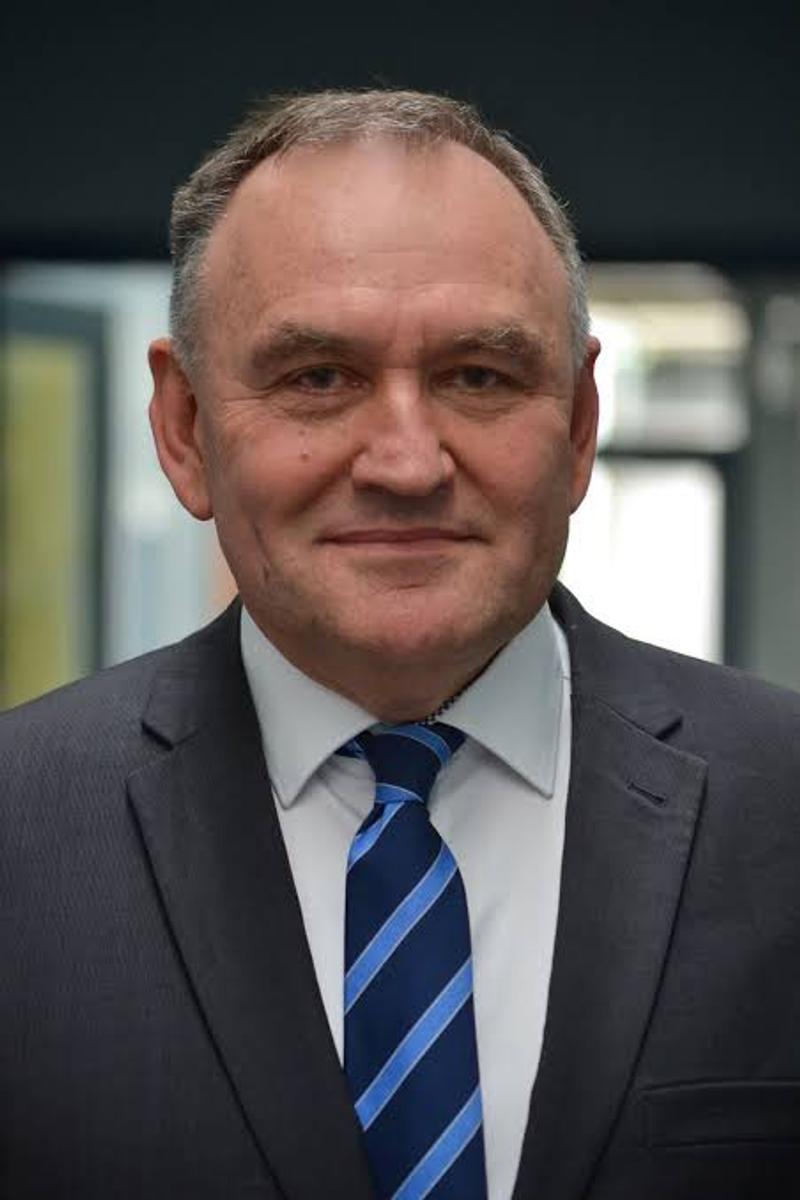From the Memory Box
Henry Grossek- Principal Berwick Lodge Primary School

From the Memory Box
Henry Grossek- Principal Berwick Lodge Primary School
Issue No 26


We all love a great story. In fact, evidence has been found of visual representations of stories from our late ancestors. The Chauvet cave in France is the oldest representation of story telling found to date, some 36,000 years ago. The oldest surviving written story known to exist, is that of The Epic of Gilgamesh: What, When and Where. It was composed nearly 4,000 years ago in ancient Mesopotamia (roughly equivalent to where Iraq and eastern Syria are now). No one knows who wrote it, why, or for whom it was intended.
As a young child my favourite story was Blinky Bill, that larrikin of a koala. That hooked me in, right then and there at Nilma Primary School, a small rural school in West Gippsland in the late 1950s, sitting on the floor in grade 1. Miss Cole, my teacher, knew how to bring a great story to life and left me with a wonderful legacy - a profound love of reading and story-telling.
Speaking of great stories, that of the Virtual School Victoria (VSV) is such an inspiring one, one that began in 1909, bearing almost no resemblance to its modern-day equivalent. Correspondence education in Victoria, in fact, began with young teachers employed in remote areas of Victoria. It was suggested as a means of upgrading the qualifications of those teaching in classrooms too far away to attend classes at the Melbourne Teachers’ College.
Then, in 1914, a mother’s pleading letter began it all. Neill, Evan and Allan Prewett lived with their parents in a logging settlement in the Otway Ranges, eight miles from the nearest school, when their mother, Mrs Mabel Prewett, wrote to the Director of Education, Frank Tate requesting help to educate her sons. So began the Correspondence School of Victoria (CSV) and with it, began a revolution in how we approached the need to provide all students with an adequate education. For example, following World War 1, disabled teachers, who could no longer work in regular schools were employed at CSV.
Then, the 1930s saw the epidemics which crippled many children and led to the pioneering work of Miss Mona Tobias and the establishment of the Physically Handicapped Section of the CSV.
I had the privilege of knowing the principal of the school in the late 1980s and early 1990s. Robert Ross led the CSV in those days and he continued the pioneering and innovative work of those before him. It was under his leadership that the CSV introduced analogue, video-taped lessons and wonderful road films for their students. Also, CSV teachers were provided with the means to make their own video-taped lessons, using an ingenious, technological device they created named the Invicon – Individualised Video Console.
In 1994 the school, affectionately known as ‘The Corro’ was renamed the Distance Education Centre of Victoria (DECV) and operated as such until 2019 when it became known as the Virtual School Victoria (VSV). Within the century plus of its operation, ‘The Corro’ has been, and continues to be, a source of endless innovation and inspiration. Most exciting of all – its story is not yet over.
What is your favourite childhood story? It’s a great question to ask oneself, for it brings back fond memories and opens doors to self-reflection. Then, of course there’s our personal stories in which are wrapped our careers as teachers and school leaders. I’ve had the honour of some colleagues share bits and pieces of their professional career story with me over the years. What has struck me is how many of those colleagues almost apologise afterwards for ‘taking up my time’; that others stories would be far more interesting. There’s a story in that too.